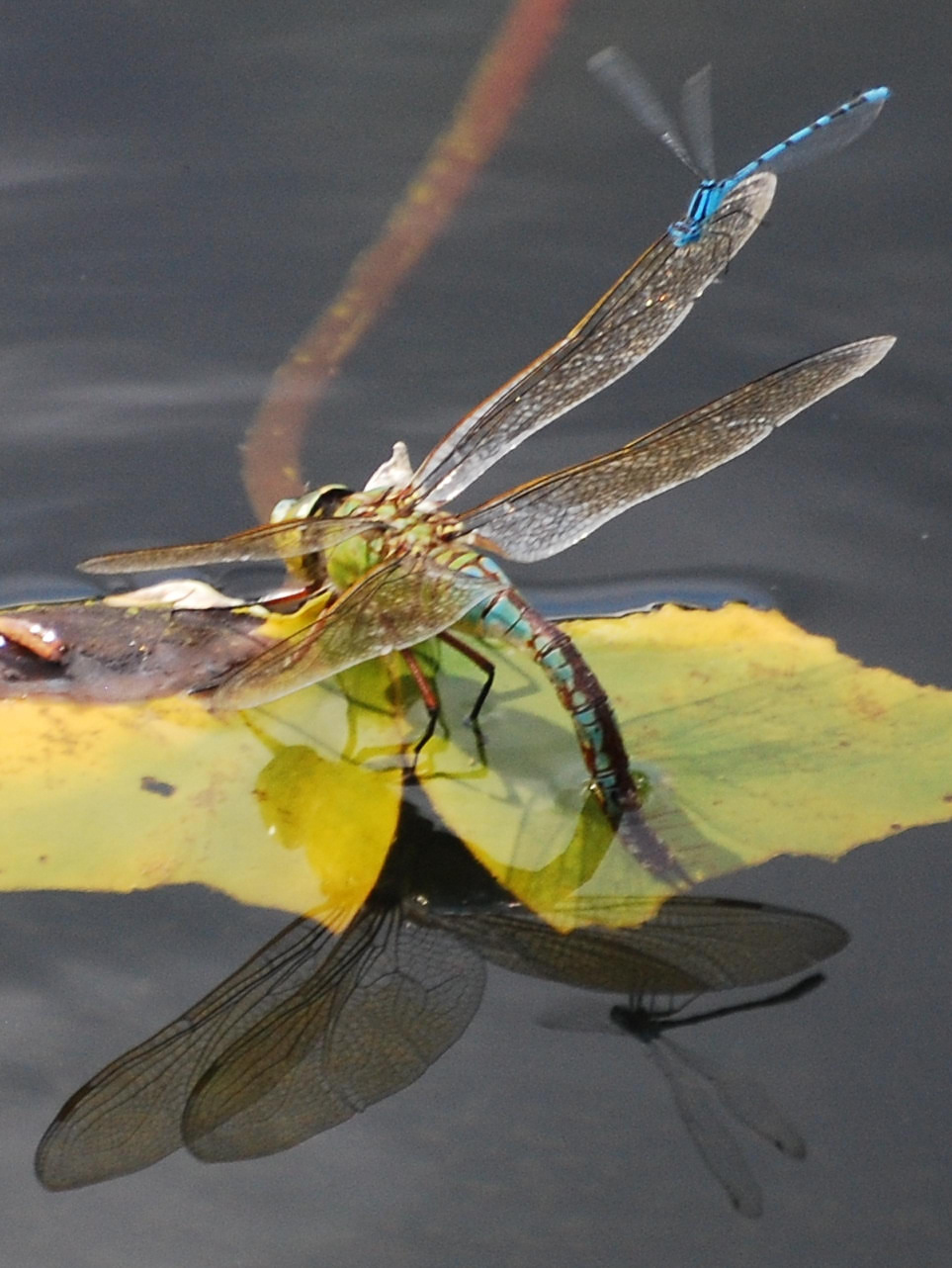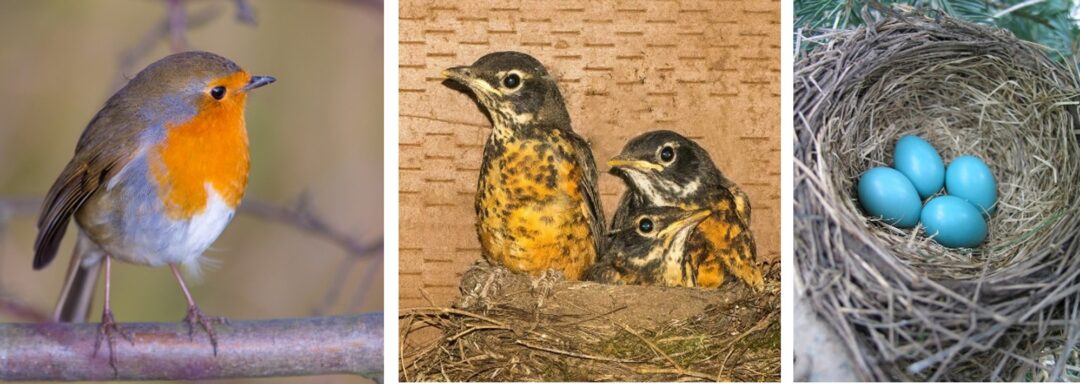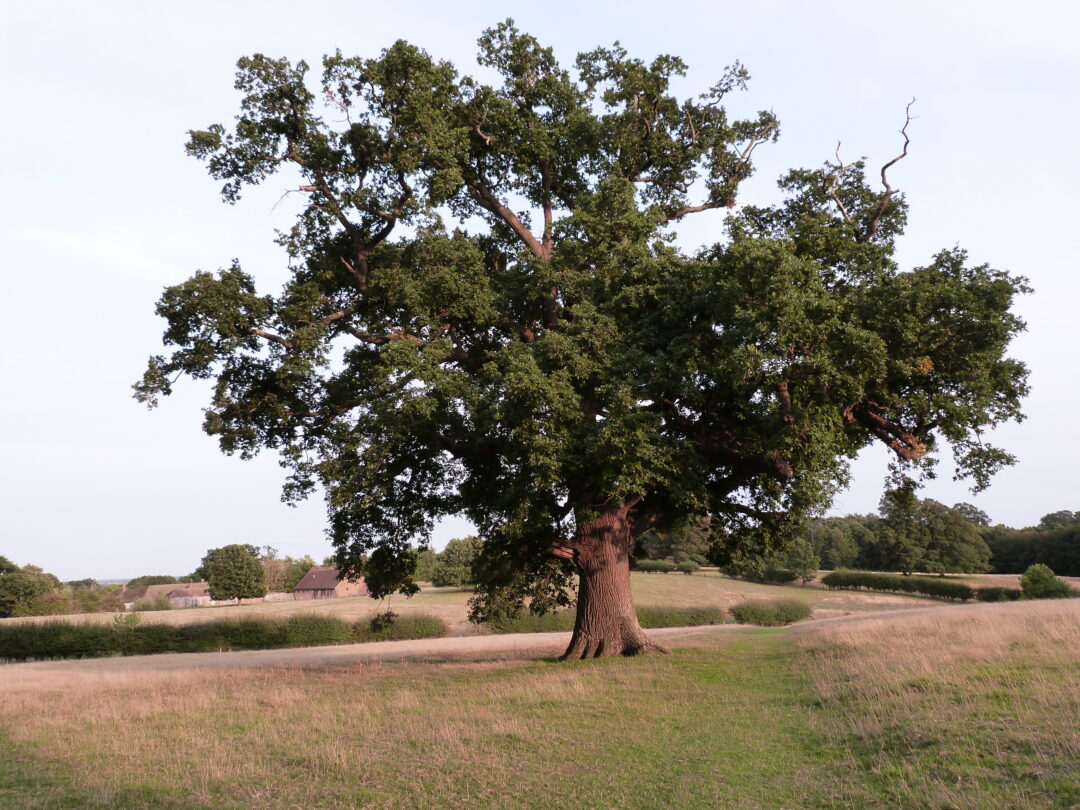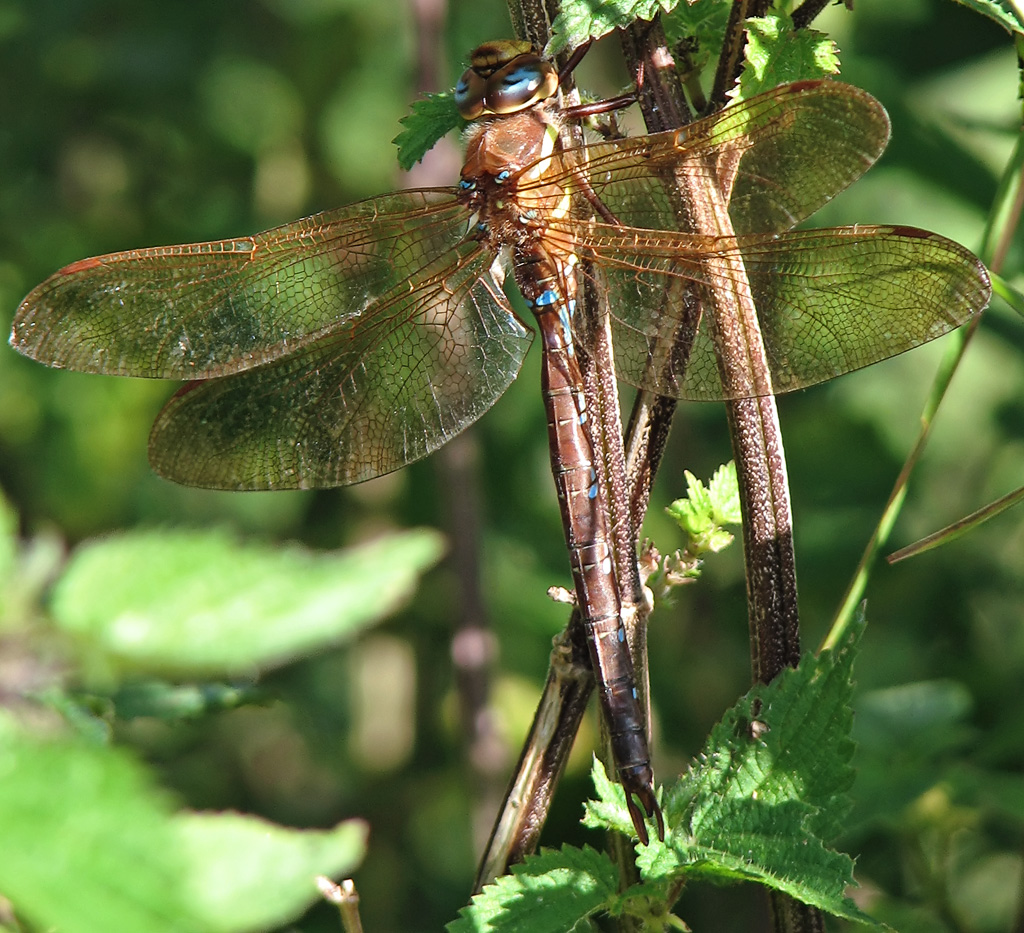
Dragonflies are remarkable insects. They belong to the order Odonata which comes from the Greek meaning tooth. There are two sub-orders of this group:
- Anisoptera—the large, fast-flying dragonflies
- Zygoptera—the smaller, slower-flying damselflies.
There are about thirty species of dragonflies and twenty species of damselflies in Britain and Ireland.
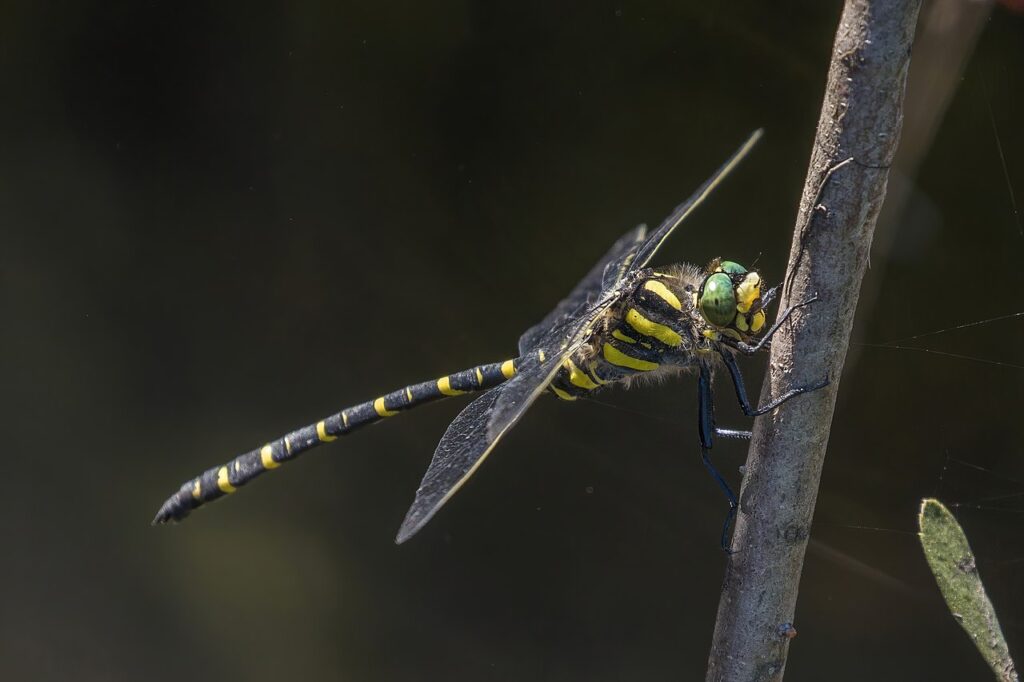
Fascinating facts
Dragonflies have lived on earth for over three hundred million years. Fossils with wingspans of 750mm have been found. One theory about why there were ‘giant’ dragonflies is that because the oxygen content of the air was greater than it is now, the insects could grow larger.
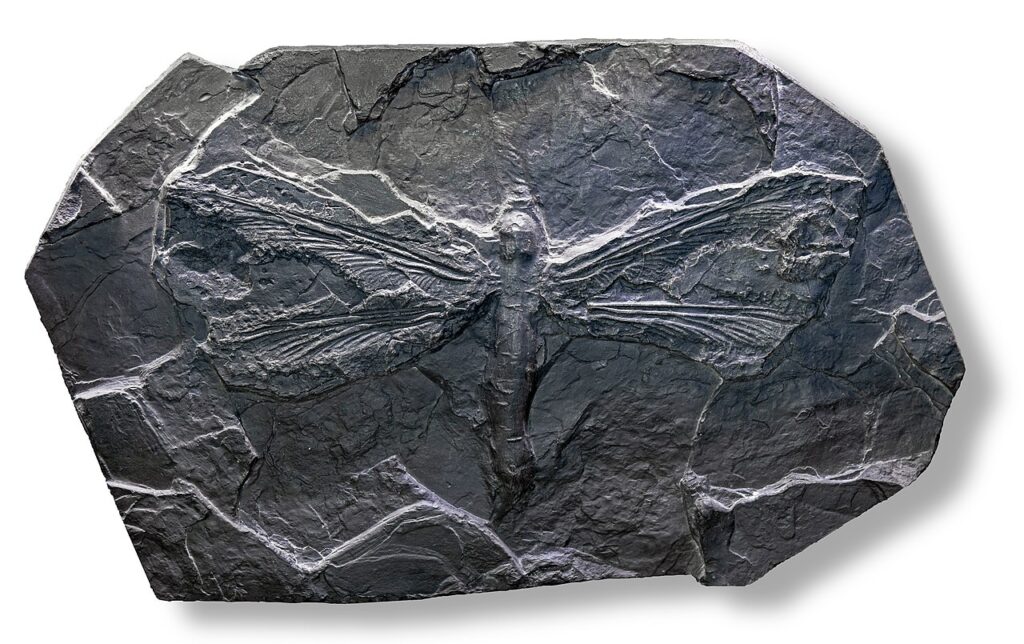
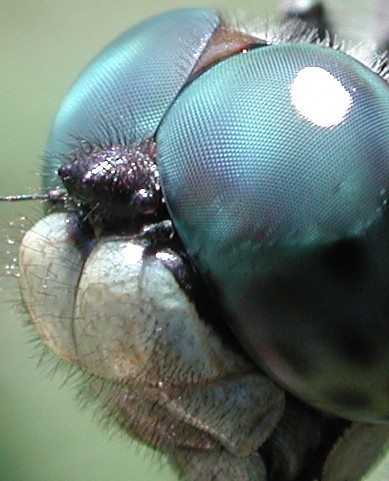
Dragonflies have the biggest compound eyes in the insect world and are able to see up to fifteen metres away. This is one of the reasons why they are such efficient predators. The two large compound eyes have thousands of photoreceptors. They also have three simple eyes called ocelli which are extremely sensitive to light intensity. It is thought that they help with flight stability.
Their wings are amazing.
- Dragonflies can control the angle and speed of each of their four wings independently to fly in any direction, hover and perform acrobatic manoeuvres.
- Unlike most other flying insects, dragonflies beat their wings up and down instead of the more usual back-and-forth motion.
- They can change the movement and rotation of each wing to vary the aerodynamic forces acting on it.
- Their wings are living structures containing hundreds of sensory neurons. These neurons provide constant sensory feedback to the brain, allowing the insects to move through turbulence without a hitch.
- They can fly at over 30 miles an hour.
Source: Natural History Museum
Helicopter design was influenced by the dragonfly.
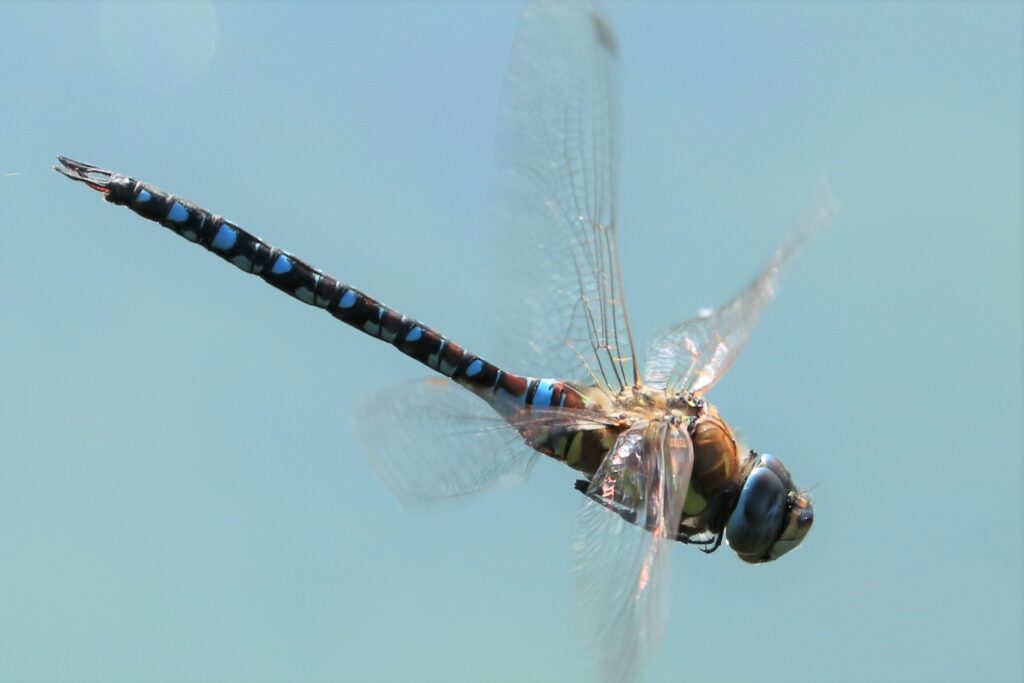
Dragonflies have what is known as an incomplete metamorphosis. The female dragonfly lays her eggs, the eggs hatch into a nymph or larva and then after about two years, depending on weather conditions, the larva becomes a dragonfly. There is no pupal stage.
The dragonfly nymph or larva can moult from 5-14 times in its larval stage. It is a voracious predator. The nymph’s bottom has four functions:
1.Ejection of waste.
2.Internal gills are located in the rectum.
3.When a sphincter muscle in the head area is closed and the abdomen contracts, the nymph’s backside fires a stream of water at up to 50cm/s, making the nymph jet propelled.
4.By closing another sphincter, this time in the bottom, the nymph uses pressure to shoot out its armoured jaw.
Photograph: Brown hawker dragonfly nymph.
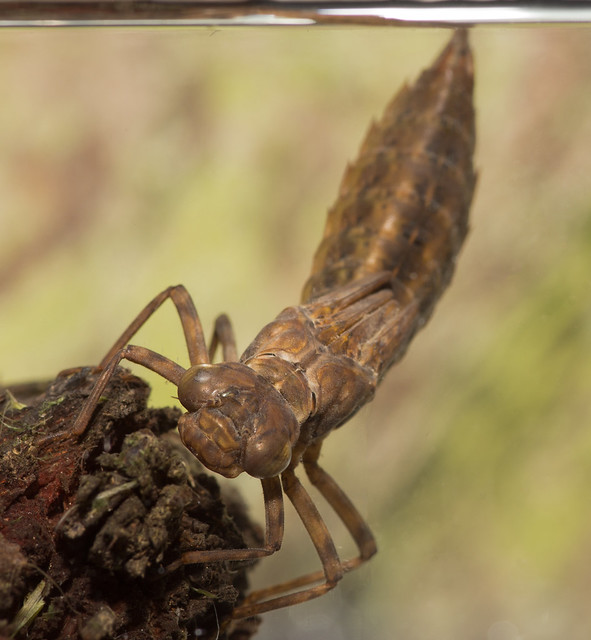
The dragonfly is very vulnerable when it undergoes its metamorphosis. As it emerges from its larval skin, its body has to harden and it has to pump up its abdomen and wings by redistributing its body fluids. The dragonfly is twice as long when fully emerged than it was in its larval size.
Habitat
- All dragonflies need freshwater.
- Lakes, ponds, rivers, streams, canals, ditches, bogs and marshy areas fed by fresh streams are all possible places to see dragonflies.
- Different species prefer different water sources.
- The flying insects that live near water are their prey.

Bibliography: Natural History Museum, the British Dragonfly Society, the Woodland Trust, Kent Wildlife Trust, BBC Wildlife.
Now is the time to see how many of the beautiful dragonflies and damselflies that you can spot.

